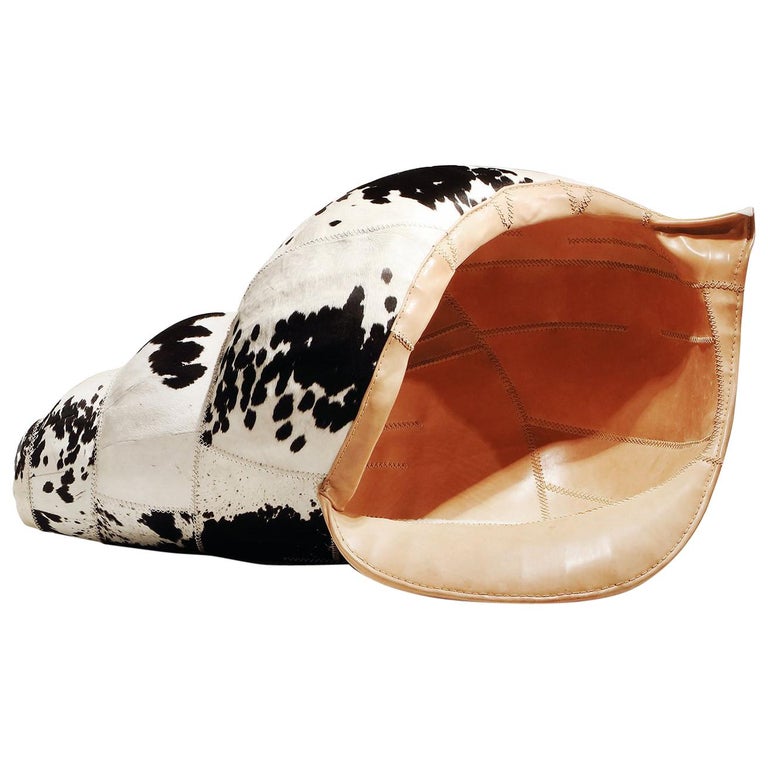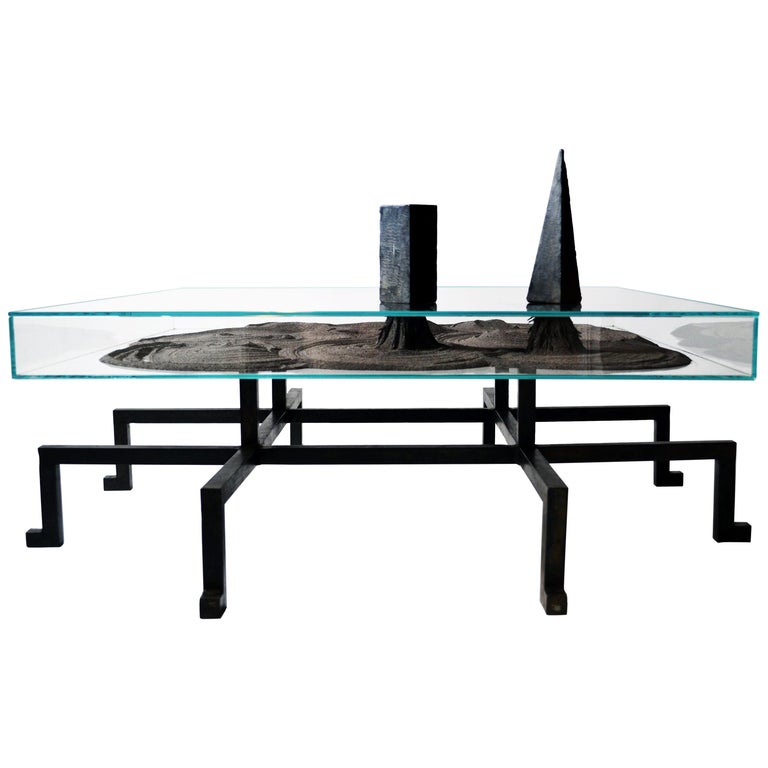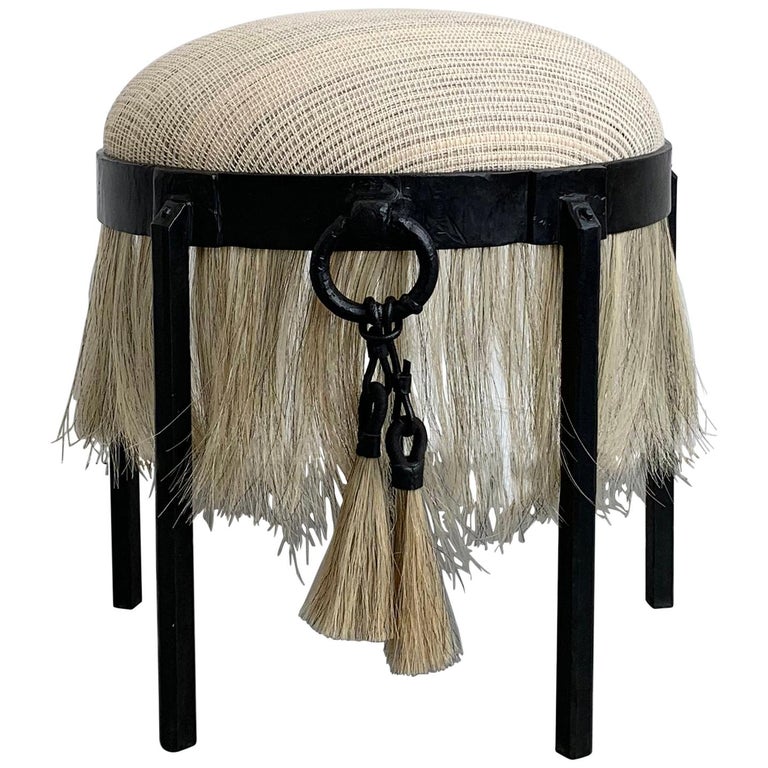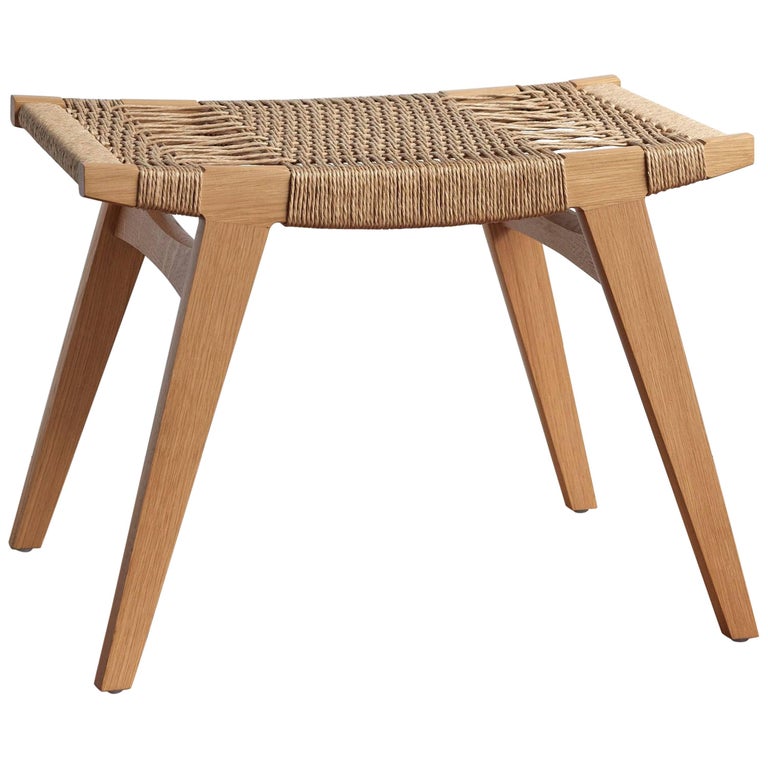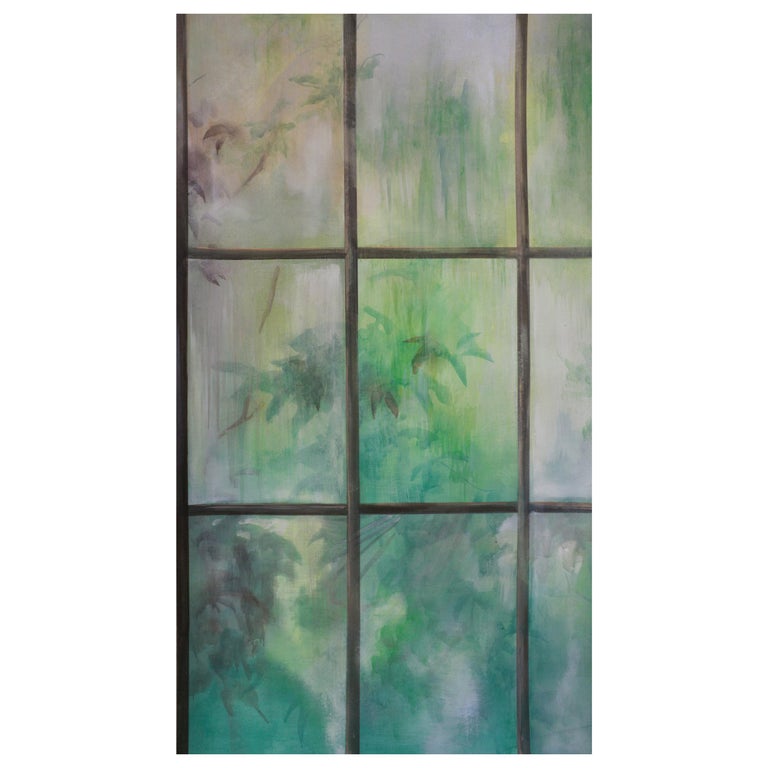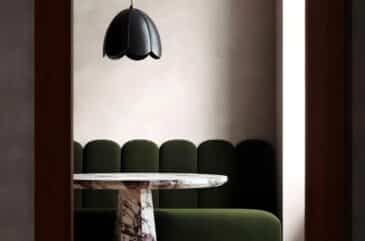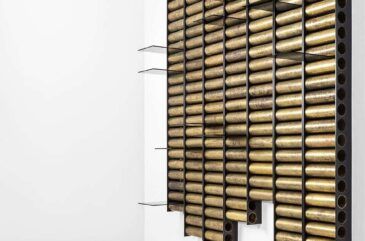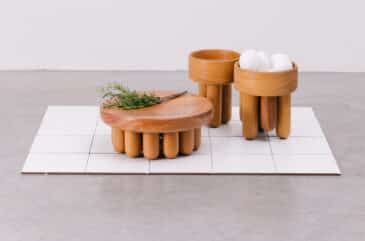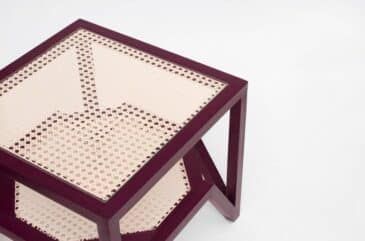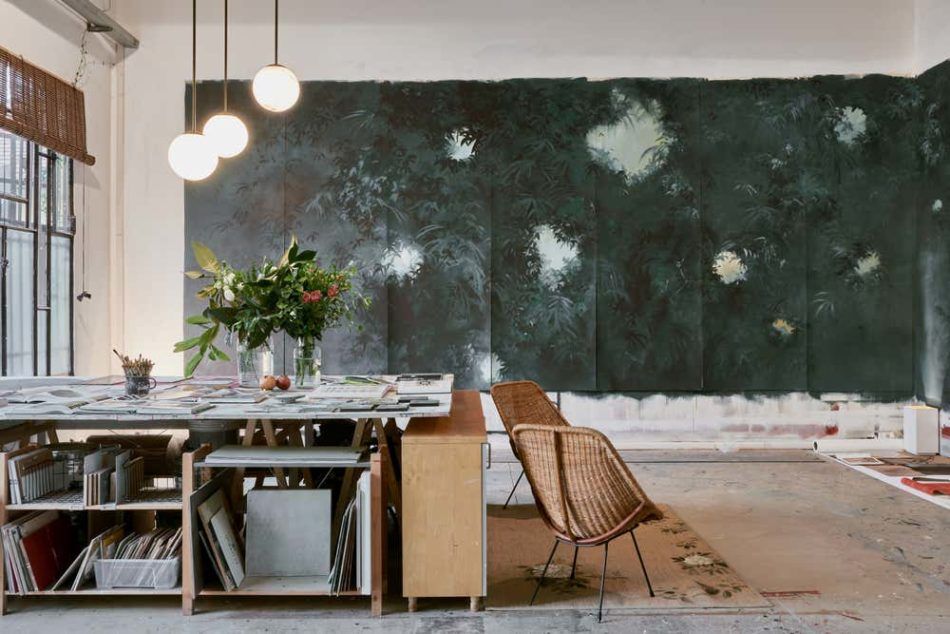
We may live in the Age of Technology, but many artisans today find tremendous creative power in production processes of less-mechanized times.
From weaving to painting to metalworking, these five designers rely on traditional artisanal methods to handcraft their furniture and decorative objects.
Porky Hefer
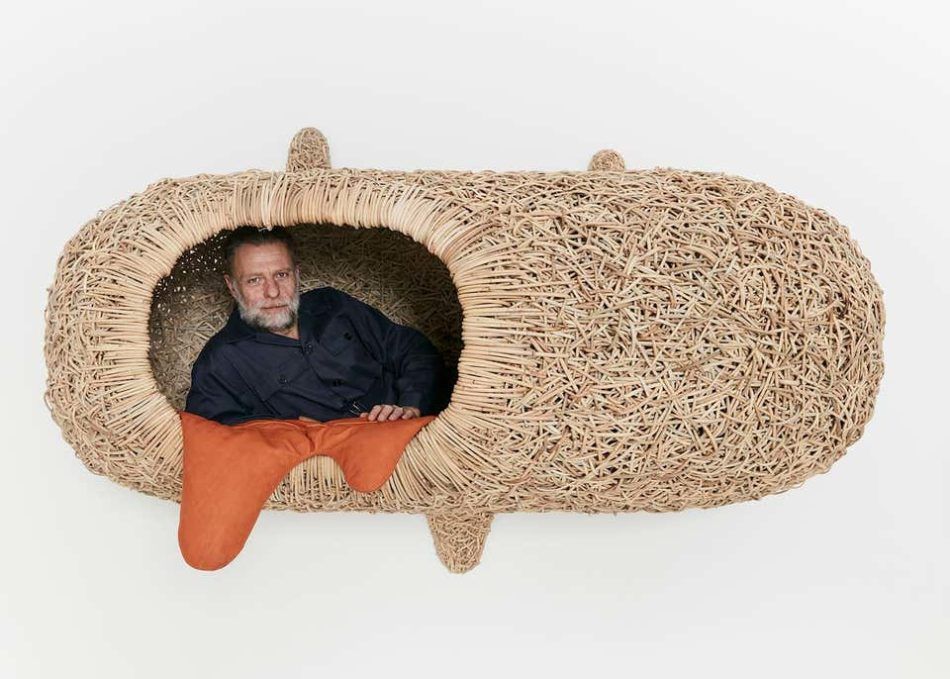
South African designer Porky Hefer — who goes by his childhood nickname and his actual last name — is known for quirky yet comfy furniture. The pieces tend to be made from unconventional natural and artificial materials, but the sine qua non in his process is an emphasis on local craftspeople and techniques.
Many of Hefer’s piece are inspired by birds’ nests. “Birds are adaptive,” he tells Introspective. “They use whatever they can find — man-made materials, too, which gave me the idea of using truck tires, package strapping and other discarded elements in the seats. The materials I used had to be recurring and sustainable, and I had to be able to get them easily.”
J.M. Szymanski
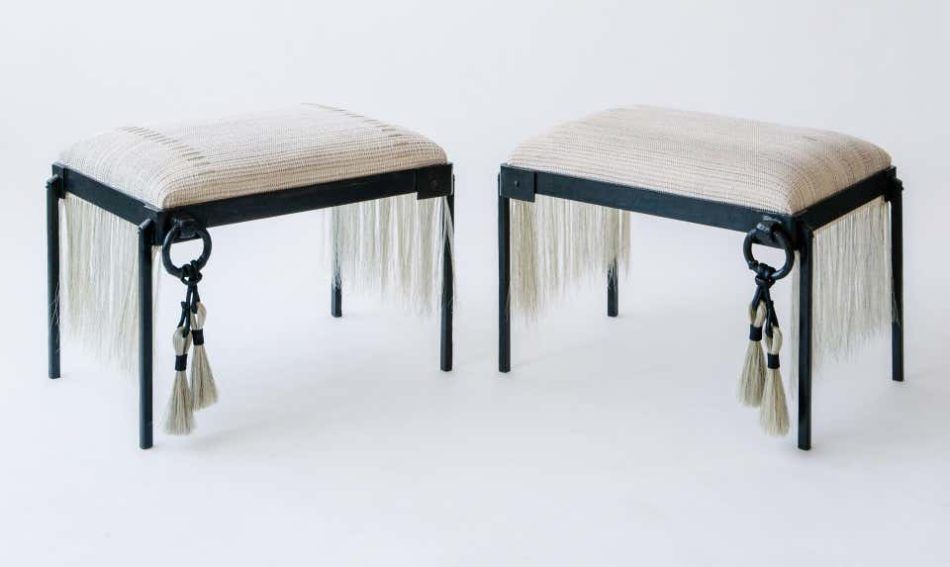
“I sit on an idea for a long time, usually months,” says Bronx-based metal-master designer Jake Szymanski. His meditative process often takes the form of walking through the rooms of the Metropolitan Museum of Art with no agenda, hoping to stumble on inspiration.
Szymanski is known for striking steel pieces that evoke the metalwork of past eras. In his horsehair and carved-iron stool, each detail is carefully hand-carved, including the slight bevels on the legs. An iron ring supports the hand-stitched leather and horsehair tassel, while “the surface texture gives it warmth and richness,” the designer says. “I like to contrast steel by incorporating materials like horsehair, cast glass, plaster, stone and leather.” A natural black patina completes the look.
Par-Avion Co.
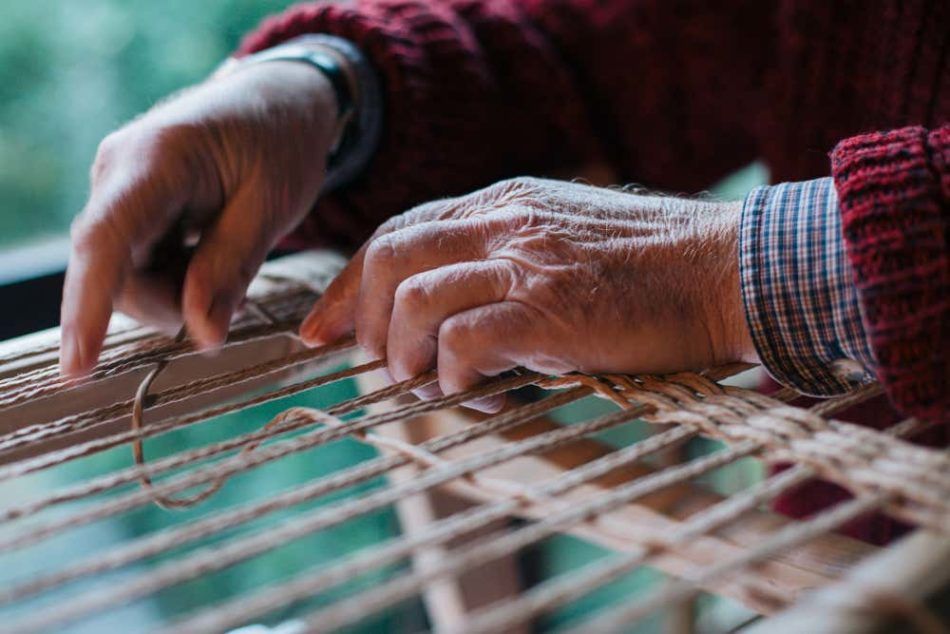
“I am very interested in both Scandinavian and Japanese designs and processes,” says Simon Cass, cofounder with his wife, Monica Cass, of Par-Avion Co. “They reflect a minimalist aesthetic and a focus on natural materials while being highly engineered for function and longevity.” Not surprisingly, he cites Hans Wegner and George Nakashima as two of his inspirations for his stools. Created in his studio in the medieval town of Norfolk, England, the pieces, with their woven seats, resemble products from an earlier time.
The materials and methods Cass employs are local and time-honored. “We favor British timbers, predominantly oak, which was used as the structural wood on sailing ships,” he says. “Using traditional techniques passed down to us by basketmakers and willow workers, we incorporate white willow rods from Somerset to make our own split-willow skein for these seats.”
Cass utilizes 2-D computer-aided design (CAD) to turn his ideas — which often come to him while walking his dog — into furniture. The technology enables him to tweak shapes and proportions with astounding ease and accuracy. “Sometimes, the vision in my head turns out exactly how I imagined,” he says. “Other times, I have to re-engineer it completely.”
The next step may be a printout followed by a 3-D CAD rendering. Once a design is nearly finalized, a silhouette is drawn on old-school butcher paper and tacked on a wall. This allows for closer inspection, Cass explains, so that “the effects of foreshortening can be seen and corrected” before the piece is moved to full-scale production.
Pictalab Milano
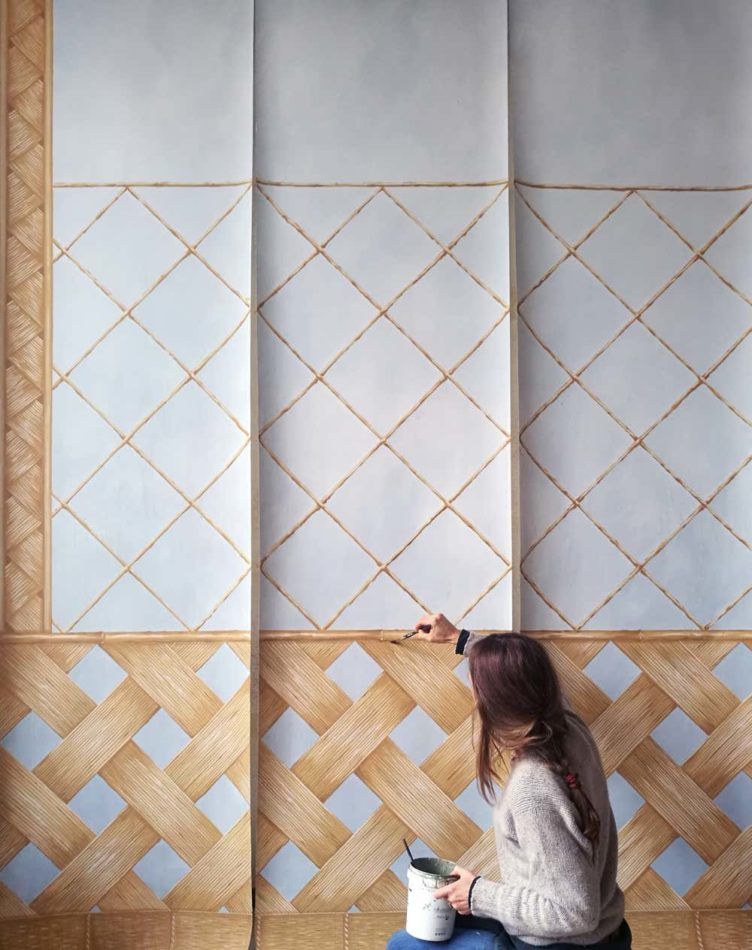
When it comes to bespoke design, few furnishings are more custom than the hand-painted wallpapers of Italy’s Pictalab Milano. Clients share their ideas, preferences and measurements with the firm’s team of skilled artisans who, after several rounds of sketches, renderings and inspirational mood boards, produce designs that they visually fine-tune with the clients.
At this point, the colors, lacquers and technical mediums to be used must be chosen before the team takes brush to paper, fiberglass, silk, canvas or even glass. Depending on the size and level of detail, a design may take more than a month to complete. “Compared with printed wallpaper, the hand-painted version gives you a full sensory experience, allowing you to touch and breathe the painting, sensing its materiality,” says Orsola Clerici, art director and head of Pictalab. “The use of brushstrokes lends depth and dynamism to our wallpaper decorations.”
The goal — beautifully exemplified by the firm’s Jungle wallpaper — is to offer a whole scene rather than a repeated pattern. “Pictalab wallpapers,” Clerici explains, “offer the same finish and appearance as a real fresco.”
CHAABAN
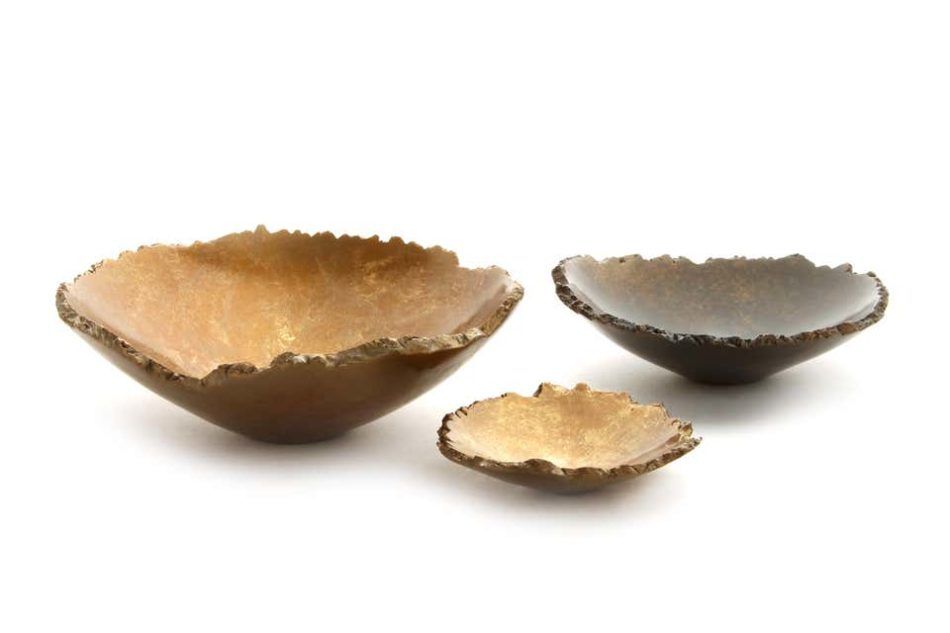
Los Angeles–based CHAABAN’s creations may be solid bronze, but their inspiration is organic. “I’m most specifically inspired by tree forms and plant life,” says founder Brian Chaaban. “A strong naturalist thread can be seen through the collection, which is our full intention.”
Each piece starts with a sketch and a solid block of wood, which Chaaban turns, carves and lightly scorches to reveal its rugged textures. Using the millennia-old lost-wax technique, the studio creates a mold from the wooden model, coats it with wax and pours in molten bronze. The wax evaporates, and when the mold is removed, what was originally a wood form is now solid bronze.
“We have always been so inspired by the use of bronze and specifically using it in tandem with lost-wax casting,” says Chaaban. “The method’s ability to transcribe fine details into a durable and luxurious material is remarkable.”
The piece continues to evolve even after it finds a home. “Bronze is an incredibly durable metal,” the designer explains, “and the patina ever changes with the environment it lives in.”

